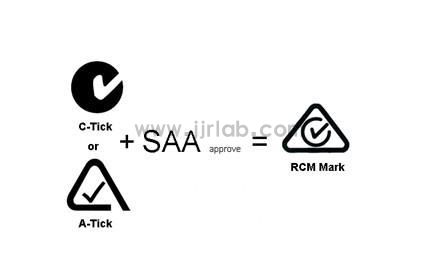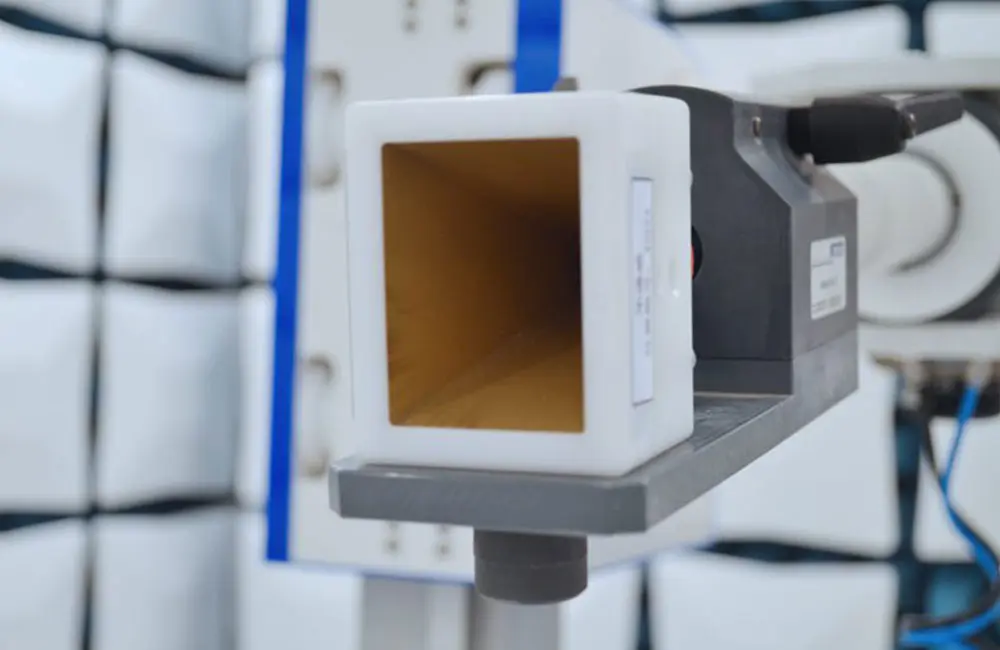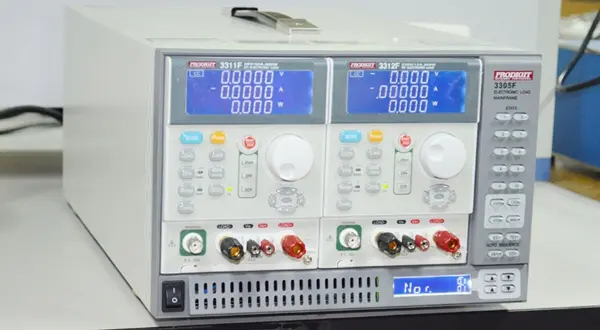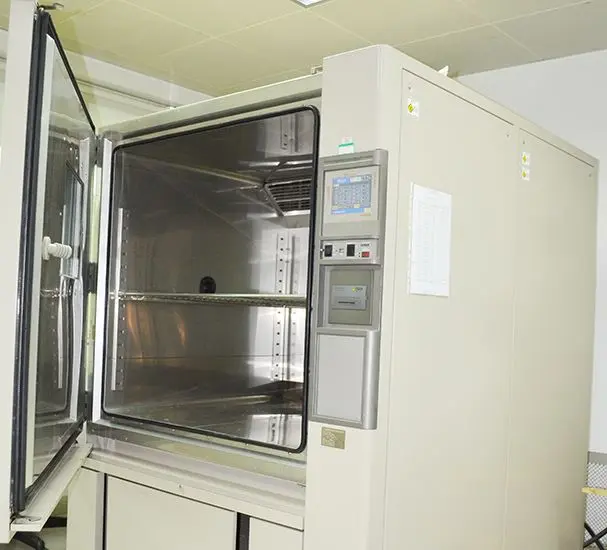
RCM and SAA Certification in Australia
rcm certification Overview
Since March 1, 2013, a new Electrical Equipment Safety System (EESS) has been implemented in all Australian states (excluding New South Wales) and New Zealand. This system covers national and regional electronic equipment safety requirements, with the RCM (RegULatory Compliance Mark) becoming the single compliance mark for regulations within the EESS framework.
Starting from March 1, 2016, suppliers are requiRED to use the rcm logo to indicate that a product complies with all relevant regulations, including telecommunications, radio communication, EMC (Electromagnetic Compatibility), EME (Electromagnetic Exposure), and applicable national safety requirements. The product must also be registered in the EESS database.

Mandatory verification products must be verified by an accredited monitoring body. Non-mandatory verification products can be bought and sold without verification, but must still meet electrical safety standards as per Australian standard AS/NZS 3820:1998 (Essential Safety Requirements for Low Voltage Electrical Equipment).
To obtain the rcm compliance mark, products must pass safety verification, EMC verification, and import declaration. At the same time, the Australian Communications and Media Authority (ACMA) has merged the C-Tick and A-Tick logos into a single compliance mark, the RCM. Suppliers of products that already have the C-Tick or A-Tick logos can continue to market them without re-labeling during the transition period, which lasts for 3 years. Within this period, they must complete their database registration and adopt the RCM logo.
Product Classification
According to AS / NZS 4417.2, monitoring equipment is classified into three levels. The requirements for each level are as follows:
Level 1 Monitoring Equipment (Low Risk):
Suppliers of level 1 equipment must retain evidence in English that the item complies with relevant standards at the time of manufacturing or importation and that the item is electrically safe. This evidence must be maintained by the responsible supplier (or be accessible within 10 working days) for five years from the date the item was last manufactured or imported by the responsible supplier.
Marking Requirements: RCM + Brand Name
Level 2 Monitoring Equipment (Medium Risk):
The supplier must retain a compliance folder that is accessible within 10 working days or choose to upload it to the national database during electrical equipment registration. The folder must include English documents such as a description of the electrical equipment, compliance test reports conducted by approved testing entities or qualified personnel, and a safety declaration.
Level 3 Monitoring Equipment (High Risk):
Evidence of compliance for level 3 equipment is a valid certificate of conformity (safety approval certificate) issued by an accredited certification body for the specific product or product series. The supplier must declare the item is safe. Note that the certificate holder can be located overseas, and this does not affect the current situation.
Documents Required for RCM Certification
1. Application form
2. Reports issued by laboratories accredited by NATA, ILAC members, or CB laboratories
3. Technical documentation (including a list of key components)
4. Key component certification
5. Detailed nameplate
6. User manual
7. Detailed product photographs
saa certification Overview
SAA stands for the Standards Association of Australia (Australian Standards Association). For simplicity, the Australian safety certification is commonly referred to as SAA certification. Products entering Australia (including both Australia and New Zealand) must pass this certification and display a certification number on the product to be sold legally in these markets.
Safety testing of products in Australia is carried out by nationally recognized laboratories, such as NATA (National Association of Testing Authorities) laboratories or CB member laboratories. Test reports are submitted to certification acceptance bodies in each state to apply for the certificate. Currently, there are four primary bodies qualified to accept certification applications:

1. NSW Fair Trading (New South Wales)
2. Queensland Department of Labor Relations
3. Victoria Chief Electrical Inspector's Office (Victoria)
4. SAA Approval Pty Ltd (SAA Authority)
Once a certificate is issued by one of these bodies, the product must display the certification body’s abbreviation and registration number, for example, "N12345", indicating that the certificate was issued by NSW with the registration number "12345". The certificate is valid for five years, without factory audits or annual fees.
Methods for Applying for SAA Certification:
1. Direct application
2. Applying through a CB (Certification Body) report
Most clients use the CB report transfer method. The SAA testing standards are similar to IEC and EN standards, with minor differences. During testing, the Australian differences must be noted in the report, particularly regarding plug specifications, as Australia uses a single-phase 240V, three-phase 415V, 50Hz frequency.
Documents Required for SAA Certification
The technical documentation must include the following:
1. Test reports:
① NATA reports or reports from laboratories accredited by NATA or mutual recognition agreement laboratories (see ILAC and APLAC)
② cb test reports and certificates issued according to the iecee cb scheme
③ Test reports supplementing NATA-conducted tests for specific standards
④ Reports from recognized laboratories
2. Sufficient color photographs of the product and all components required to identify the product
3. Circuit diagrams, material and component lists to identify the product
4. Specifications of key components such as transformers and protection devices
5. User and installation instructions provided with the product
6. Declarations that any power cords, plugs, or device connectors have the proper validation or copies of each certificate
7. Declaration that the verified product represents the manufacturing production line and that each product in the line will bear the assigned certification mark based on the provided sample. Additionally, the applicant assumes full responsibility for ensuring product compliance with Australian and/or New Zealand market regulations.
Email:hello@jjrlab.com
Write your message here and send it to us
 LED Lighting EMC Testing Service
LED Lighting EMC Testing Service
 EU REACH Compliance Testing Services
EU REACH Compliance Testing Services
 Electronic and Electrical Reliability Testing Serv
Electronic and Electrical Reliability Testing Serv
 Electronic & Electrical Safety Compliance Test
Electronic & Electrical Safety Compliance Test
 Shenzhen Electronic Electromagnetic Compatibility
Shenzhen Electronic Electromagnetic Compatibility
 How to Test IP68 Rating
How to Test IP68 Rating
 Differences Between FDA and LFGB for Food Contact
Differences Between FDA and LFGB for Food Contact
 Process and Precautions for Amazon CPC Certificate
Process and Precautions for Amazon CPC Certificate
Leave us a message
24-hour online customer service at any time to respond, so that you worry!




